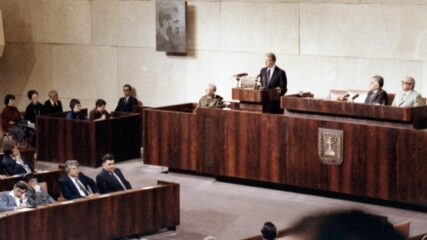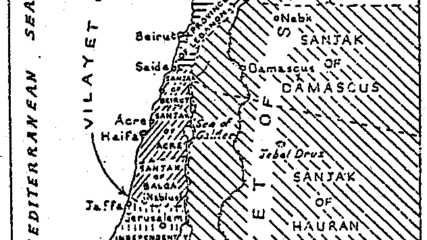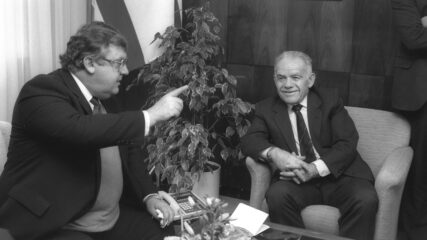In real estate, location, location and location matters. In the Middle East particularly, geographic location is central to regional history and to the history of individual countries. The great powers insisted on controlling the Suez Canal because it became the artery that connects the Mediterranean and Red seas. Controlling access in and out of the Straits of Tiran between Iran and Oman determines security for tankers carrying millions of tons of oil daily. From Catherine the Great to Vladimir Putin, Moscow and its adversaries have jockeyed for influence or control of egress to and from the Black Sea. Control there regulates what Russian fleets could or could not do in the Mediterranean.
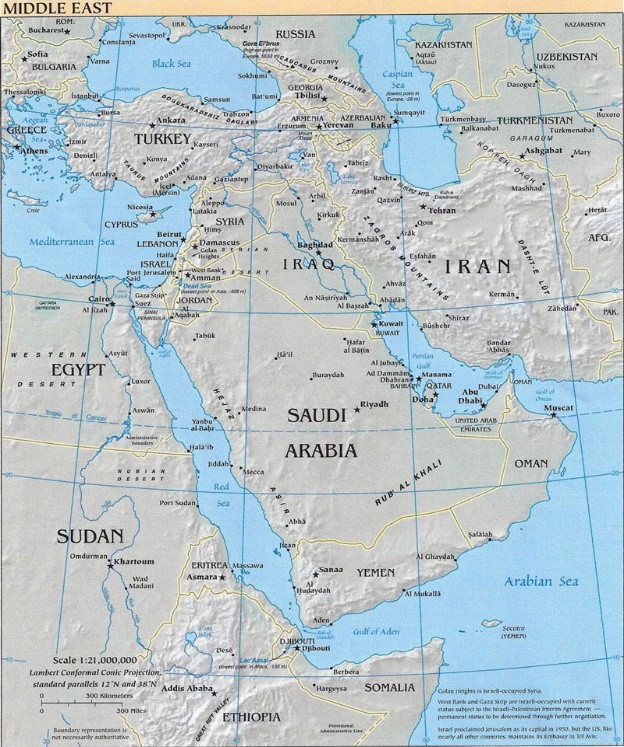
Given the turmoil in Syria, sectarian violence in Iraq, Lebanon’s economic woes, Turkish military adventurism, and Iran’s regional mischief-making, the October 2019 U.S. bipartisan congressional delegation visit to Amman made great sense. It emphasized that Jordan is a critical geographic and political asset for America and for anyone else interested in preserving some measure of regional stability in at least part of the tumultuous Middle East. Jordan, tied to Israel and Egypt through proximity, friendship, mutual allies and treaty, provides a durable geographic zone against what seems perennial unrest and mischief making to the north and east (Syria, Iraq and Iran).
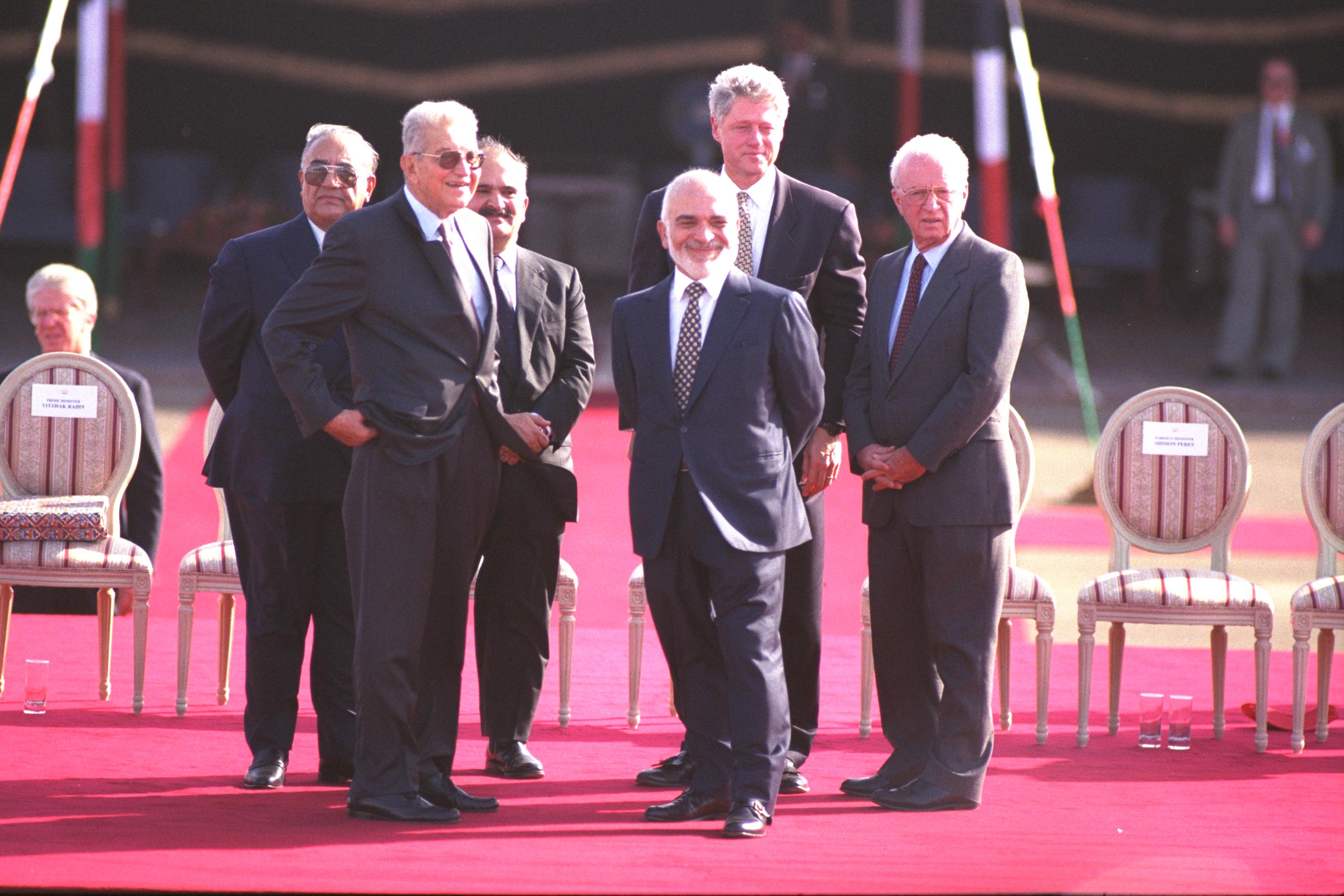
Oct. 26, 2019, marked a quarter-century of the Jordanian-Israeli peace treaty. Born out of adjacent founding, Jordanian and pre-state Zionist/Israeli leaders have managed their relationship through times of competition, war, tension and finally peace. These have included choppy sharing of 360 kilometers of border, engaging in multiple wars and cross-border incursions, struggling for control of holy sites in Jerusalem, managing frequent violence with Palestinian Arab nationalists, finding ways to administer the West Bank, sharing use of the Jordan River waters, and access through southern ports at the Gulf of Aqaba to the Red Sea.

Jordan is an important Middle Eastern country. When tag-teamed together, Jordanian-Zionist/Israeli engagement worked because each has had formidable leaders who understood the value of one another’s country, contiguity, and purpose.
The curated reading list below chronicles that relationship. Both countries emerged out of Palestine’s British Mandate. Authors Robinson Divine and Karsh unfold the period before World War I through the 1940s. From the 1940s, their leaders engaged in secret talks for decades (Zak). All the while, Jordan evolved into a key regional state (Susser-Jordan: Case Study). Though economically weak, burdened by waves of refugees, and dominated by strong countries on all sides, its leaders persevered. Jordan joined the 1967 war and lost the West Bank and Jerusalem to the Israelis but stayed virtually out of the 1973 war. Jordan was asked to join the Egyptian-Israeli negotiations in the 1970s, but because the U.S. and Egypt wanted to compromise Jordan’s decision-making, King Hussein said “no, thank you” to the Americans. Jordan always balanced its readiness for an accommodation with Israel based on whether it would be beneficial or detrimental to Jordan’s longevity as a country.
Then the king decided. Six years before the peace treaty’s signing, King Hussein in 1988 boldly disassociated Jordan from competition with the PLO over the future of the West Bank. Jordan did not want to join negotiations where it would be blamed for not achieving what the PLO wanted and what he believed the Israelis were not willing to provide: Palestinian self-determination and an independent Palestinian state. The history of the years before, during and immediately after the October 1994 treaty signing is covered fully by Riedel, Abdul Salam al-Majali, Satloff and Cook — and for the 25 years since by Susser, Krasna, Eran, Landau and Pollock.
An example of the high tension existing over time in the Jordanian-Israeli relationship is found in “An Exchange of Letters Between King Hussein and Prime Minister Netanyahu” in 1997. There, the king vigorously disapproves of Israel’s settlement building. The Israeli prime minister counters with his list of what he has done to show Israel’s commitment to peaceful coexistence.
Rounding out our selections is a valuable hour-plus video of a panel discussion by Rob Satloff, Jawad Anani and Shimon Shamir, recalling in nuanced and substantive exchanges aspects of the two countries’ relationship and the treaty’s durability. All credit for the writing and content of the articles listed below rests solely with the authors.
— Ken Stein, October 2019
Al-Majali, Abdul Salam. “Jordan and the Peace Process,” Washington Institute for Near East Policy, 24June 1994.
“An Exchange of Letters Between King Hussein of Jordan and Israeli Prime Minister Netanyahu (9-10 March 1997).” Journal of Palestine Studies, vol. 26, no. 4, 1997, pp. 154–155, pp. 158-159.
Cook, Steven A. “Jordan-Israel Peace, Year One; Laying the Foundation,” Washington Institute for Near East Policy, December 1995.
Divine, Donna Robinson. “The Imperialist Ties That Bind: Transjordan and the Yishuv.” Israel Affairs, vol. 9, no. 3, 2003, pp. 11–30.
Eran, Oded. “Concerns for Jordan’s Stability.” INSS Insight, No. 1169, 21 May 2019.
Israeli-Jordanian Treaty, Excerpts, “Treaty of Peace between State of Israel and the Hashemite Kingdom of Jordan.” Israel’s Foreign Relations: Selected Documents. 1992-1994. Editor Meron Medzini. Jerusalem: Ministry of Foreign Affairs, 1995. 826-54.
Karsh, Efraim. “Israel, the Hashemites and the Palestinians: The Fateful Triangle.” Israel Affairs, vol. 9, no. 3, 2003, pp. 1–10.
King Hussein of Jordan. “Speech by Jordanian King Hussein on Jordan’s Separation from West Bank.” 31 July 1988.
Krasna, Joshua. “The Jordan-Israel Peace Treaty at 25: A Slightly Tarnished, but Still Important, Silver Anniversary,” Jerusalem Center for Strategic Affairs, 20 June 2019.
Landau, Noa. “25 Years since Israel-Jordan Peace, Security Cooperation Flourishes but People Kept Apart.” Haaretz, 13 October 2019.
Pollock, David. “Most Palestinians Approve of Jordan-Plus Other Survey Surprises.” Fikra Forum, Washington Institute for Near East Policy, 26 August 2019.
Riedel, Bruce. “The Oslo Accords at 25: The View from Jordan.” Brookings, 11 September 2018.
Satloff, Robert. “King Hussein’s Peace Moves in Historical Perspective,” Washington Institute for Near East Policy, 13 July 1994.
Satloff, Robert. “The Jordan-Israel Peace Treaty: A Remarkable Document.” Middle East Quarterly, vol. 2, no. 1, Mar. 1995, pp. 47–51.
Satloff, Robert, Jawad Anani and Shimon Shamir. “[Video of Panel Discussion] Jordan-Israel Peace at Twenty-Five: Past, Present, and Future.” Washington Institute for Near East Policy, 17 October 2019.
Susser, Asher. “Jordan 2011: Uneasy Lies the Head.” Middle East Brief, no. 52, June 2011.
Susser, Asher. “Jordan: Case Study of a Pivotal State.” Washington Institute for Near East Studies, 2000.
Zak, Moshe. “Thirty Years of Clandestine Meetings – The Jordan Israeli Peace Treaty.” Middle East Quarterly, vol. 2, no. 1, March 1995, pp. 53–59.
Zittrain-Eisenberg, Laura & Neil Caplan. “The Israel-Jordan Peace Treaty: Patterns of Negotiation, Problems of Implementation.” Israel Affairs, vol. 9, no. 3, 2003, pp. 87–100.




